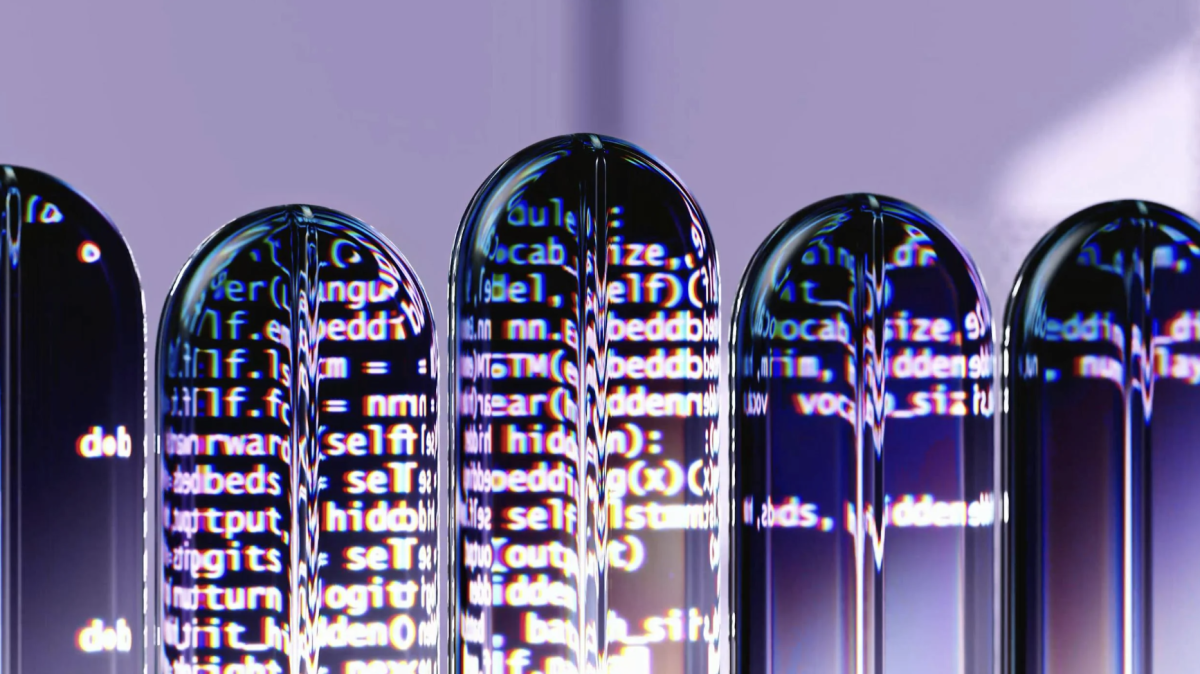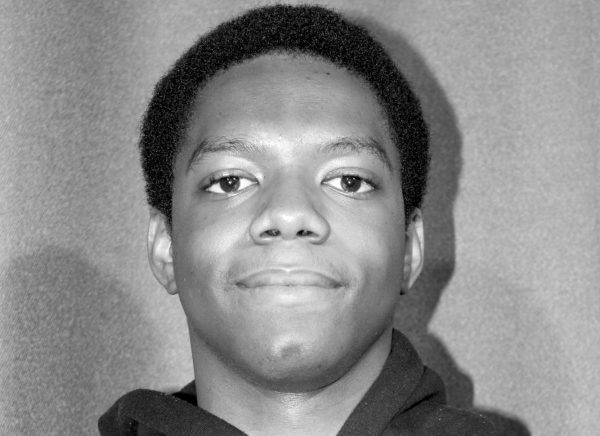Artificial Intelligence is quickly changing our world. The difference between 2019 and 2025 is drastic when it comes to the effects of AI. From self-driving cars to chatbots that talk like real people, AI has now been implemented as a part of daily life. But one area that isn’t very keen on its implementation is the world of art.
Painters, illustrators, photographers, designers, musicians, and even writers are facing serious changes. Some call AI a useful tool. Others call it a threat to their livelihood and income. So which is it? Is AI helping artists, or is it replacing them?
AI might seem like a dream come true for artists. Programs like Adobe Firefly, DALL·E, and Midjourney can generate images in seconds. Artists can type a short prompt and watch as the program creates a visual based on their idea. That means no more spending hours sketching dozens of thumbnails just to figure out a concept. For digital artists working on tight deadlines, AI tools can save a lot of time.
For example, a comic book artist might use AI to help brainstorm character designs. They could describe the character “tall man with a robotic arm and a scar across his eye” and let the AI show different versions. The artist could then tweak and adjust until it’s just right. This can speed up the creative process and allow artists to focus more on storytelling and final touches.
The same goes for musicians. AI tools like AIVA and Amper Music can create background music for a scene, a YouTube video, or even a podcast. A solo filmmaker who can’t afford a composer can now generate music that fits the mood they’re going for. This can be useful, especially for people who work alone or with small budgets.
But, instead of a tool to help or assist artists, many see it as a replacement. The creative process of creating art is what makes an artist valuable. Not only that, but there’s a much darker side to all of this. AI programs have been trained using artwork, music, and writing made by real people, often without permission from the artist. That’s where the trouble starts. Imagine you’ve spent years developing your own unique art style. You post your work online, build a following, and start getting paid commissions. Then one day, you see AI-generated images that look just like your work. Worse, the people using the AI might not even know or care where the style came from.
This has already happened to many artists. AI art models were trained on massive collections of images taken from the internet. Some of those images came from well-known artists, many of whom never agreed to have their work used this way. These models learned to mimic styles, techniques, and even specific ways of drawing faces or hands. Now, anyone can type a prompt like “draw a portrait in the style of [Artist’s Name]” and the AI delivers.
This leaves us with why I am against AI when it comes to art. Though AI has its time and place in certain aspects. I don’t think art should be a place where it’s implemented. Art is a human expression, and AI is not human. AI shouldn’t be used because it takes away what makes art valuable. It takes art’s uniqueness and turns it general. It also puts actual artists on the back burner, as companies won’t want to pay them for something they can easily get from an app. AI does have its perks, but in this scenario, it has more negatives that it brings to the table.


